Melodious saxophone notes, an enduring double bass line and light brushes on a drum kit are likely what many people think of when it comes to jazz.
Playing classic jazz songs on traditional Chinese instruments is probably not on most people’s minds. However, a new album by the name of Hutong Jazz (available via QQ Music) does exactly that.
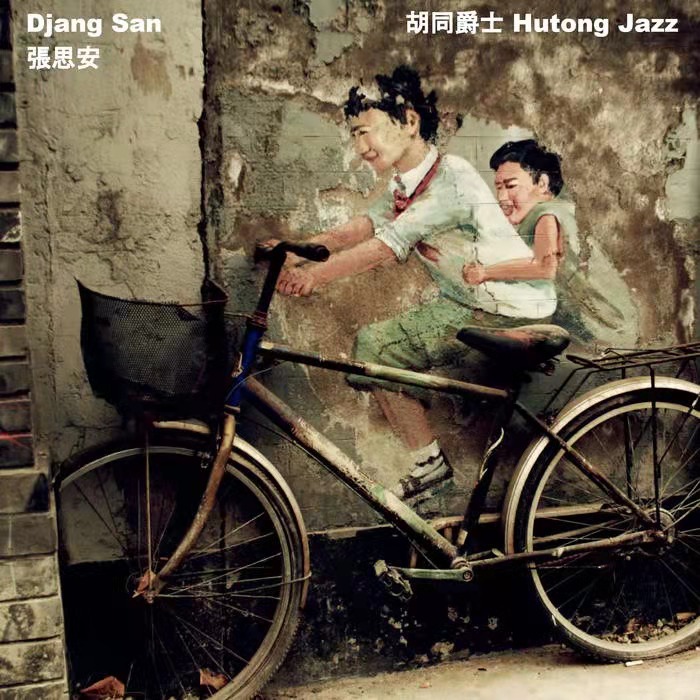
Djang San's latest album 'Hutong Jazz'
The album features eight classic jazz tunes played only on traditional instruments such as the zhongruan, a plucked four-string instrument; the pipa, a long-necked Chinese lute; the guzheng, a Chinese zither, as well as many others.
This fusion between jazz sounds from Beijing’s hutong jazz scene and traditional Chinese musical instruments is perhaps not so surprising when you learn about the artist behind the album.

Djang San (known by his real name Jean-Sebastien Henry and by his Chinese name 张思安) left his native France for East Asia in 2000.
Since that time, he has released more than 50 albums covering musical genres such as jazz, electro, rock, classical, experimental and more.
If you're not familiar with Djang San, check out the video below of Djang San + Band performing in 2017:
As well as winning Battle of the Bands in Asia, he was also named as Folk Singer of the Year by China Radio International in 2014. Performances have taken him to festivals in the Chinese mainland, Hong Kong, Taiwan, Japan, South Korea, Malaysia and elsewhere.
Blending traditional Chinese instruments with various genres of music is Djang San’s musical trademark.
That’s caught up with him to discuss his musical background, the new Hutong Jazz album and his performance in Wuhan in November 2020.
For our readers who are not so familiar with your work, could you explain why you became so interested in traditional Chinese musical instruments? And, how do you use these instruments in your music?
I started playing traditional Chinese instruments in the year 2000 when I first came to Beijing. I play zhongruan, pipa, guzheng and all kinds of flutes and percussion instruments, but in a modern way.
I have also created electric versions of these instruments. I use those instruments mainly in rock, folk, electronic and experimental music, and sometimes in jazz, too.
Your latest album is entitled Hutong Jazz. Why did you choose this name?
The album Hutong Jazz is eight covers of eight jazz standards. I chose the name Hutong Jazz because those standards are the standards I have heard played the most by musicians in hutong bars such as Soi Baochao, Modernista, Jianghu, East Shore, Temple, DDC and many more over the years.
This was the inspiration for the album. I then thought about using only Chinese instruments to perform those tracks, as an homage to all those years I spent and musicians I met in the hutong.
What does the artwork on the album cover signify?
The album cover is a picture taken by a friend of mine, César Casellas (Beijing Experience), who has also lived in Beijing for many years. It’s a great photo.
There is no particular significance to it. César told me he took the picture because he liked the graffiti. For me, it’s a great picture of a hutong wall (taken in Xisi Beisitiao), and it goes well with the music, too.
Unfortunately, that wall and that graffiti are gone forever as the wall was destroyed a while ago.
Let’s talk about the songs on the album. What instruments, including strings, percussion, etc. did you use?
On this album, the songs are performed using zhongruan, pipa, guzheng, hulusi, dizi, various gongs and a tea box with rice in it.
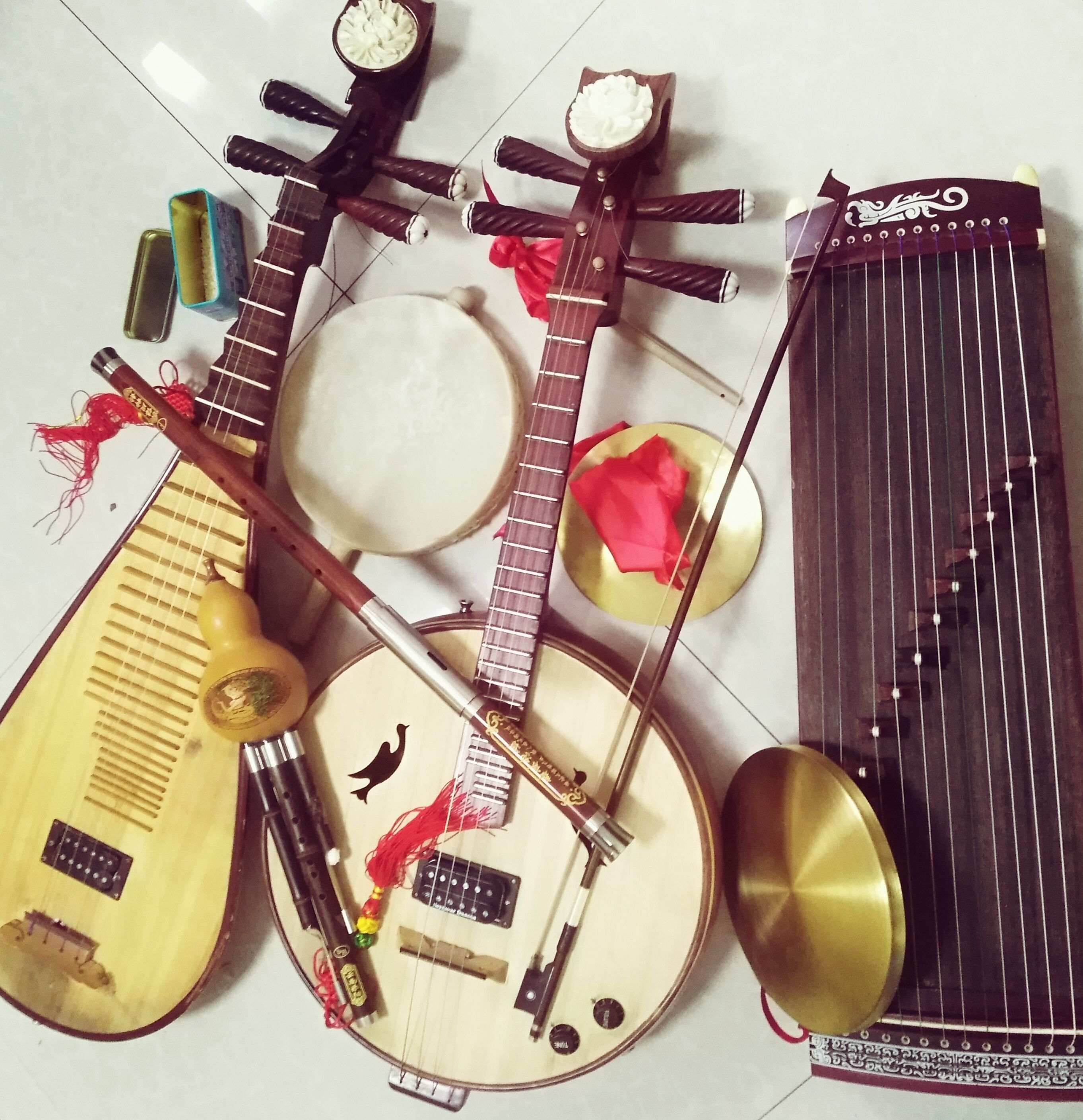
The pipa (left), zhongruan (middle) and guzheng (right) are the stringed instruments used to record the album. Also pictured are flutes and various percussion instruments, including gongs and a tea box with rice inside
I also used a bow on the zhongruan. The zhongruan can sound different depending on whether it’s electrified or acoustic. This is why it sounds different on My Favorite Things and Take 5.
Why did you choose those particular songs? Do you have a special connection with them?
Yes, I do. Beyond the fact that those songs are the ones I have heard played by jazz players in the hutong the most in the last 20 years, I also have an attachment to some of those tunes.
Take 5 is my father’s favorite jazz song. My Favorite Things, which was played as a jazz version by John Coltrane, is from the film The Sound of Music which made a big impression on me as a kid when my mother first showed it to me.
I seem to remember that My Funny Valentine was introduced to me by my brother, as well as Chet Baker (an iconic American jazz musician).
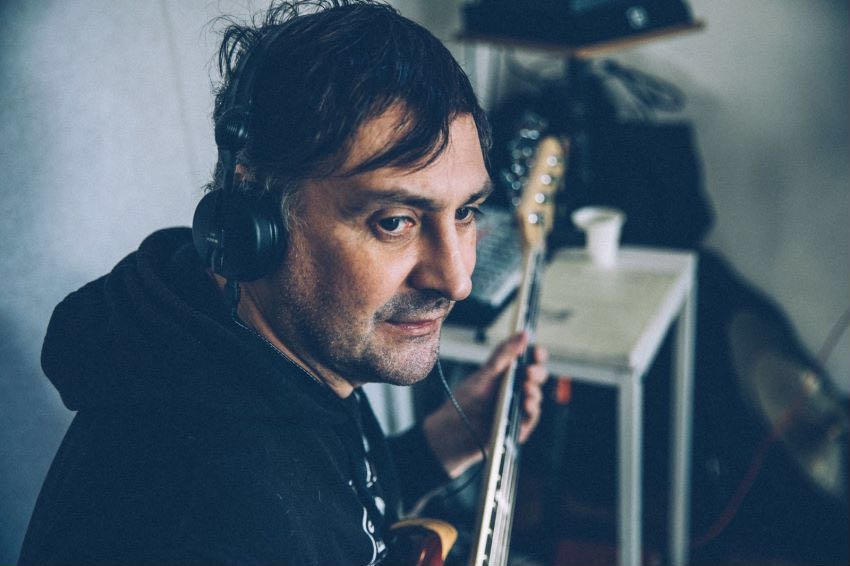
Bassist Peter Stone from Djang San + Band
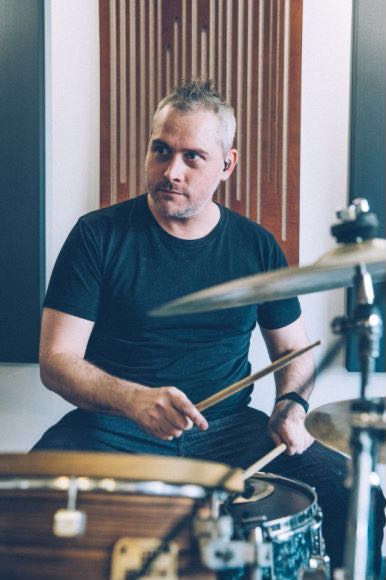
Drummer Nicolas Mège from Djang San + Band
Tracks like Cissy Strut by The Meters and The Chicken, made popular by Jaco Pastorius, are regularly played by musicians such as Peter Stone and Nicolas Mège, who I often play with as a band, and saxophone player Fabrice amongst others in the bars and venues of Beijing.
Imagine there are musicians who play pop, rock, jazz, etc. who want to experiment with songs from those genres using traditional Chinese instruments. What advice do you have for them?
My whole process for years has been to reverse the way world music is played by putting non-western instruments at the center of the music and not at the periphery.
I call this idea ‘New World World Music,’ where all cultures mix with no boundaries. It might sound a bit strange but the idea is to make something new. You could say it’s music for the post-colonial and post-modern world.
As I have been here for many years, I have concentrated on Chinese instruments but I’m sure it can be done with any instrument in the world. I hope I can do the same with other instruments in the future.
I think there is no limit to how musicians can experiment with various music and instruments. A few years ago, I released an album called Tofu Électrique. After that, I actually wanted to electrify a piece of tofu and make a guitar out of it, but I could never find anybody who knew how to solidify a piece of Tofu hard enough to make it possible to create such a thing. If I manage to do that someday, the album will be titled Real Tofu Électrique!
So what’s my advice? Just do it, and let your imagination take you wherever your ears are.
In November last year, you performed in Wuhan, where COVID-19 was first discovered, under the theme of ‘restarting.’ What have been the biggest difficulties for musicians during the COVID-19 pandemic? When things return to normal, do you have any plans, such as doing performances outside of the Chinese mainland?
That concert was epic because it was one of the first concerts after the end of the pandemic in Wuhan. As soon as we went on stage, people cheered like crazy. We could feel the energy of the audience. It was kind of mind blowing.
The biggest difficulty has been having to wait and not being able to perform on stage for an audience. I don’t like online concerts; you can’t replace the feeling of the stage. It’s frustrating.
As you know, it has been hard to travel around the country and around the world. It’s been difficult for any musicians and entertainers. And yes, I hope to travel around Asia and the world again, like I used to do before the pandemic, with the band or alone.
Click the link to check out Djang San's latest album 'Hutong Jazz' on QQ Music.
[All images via Djang San]
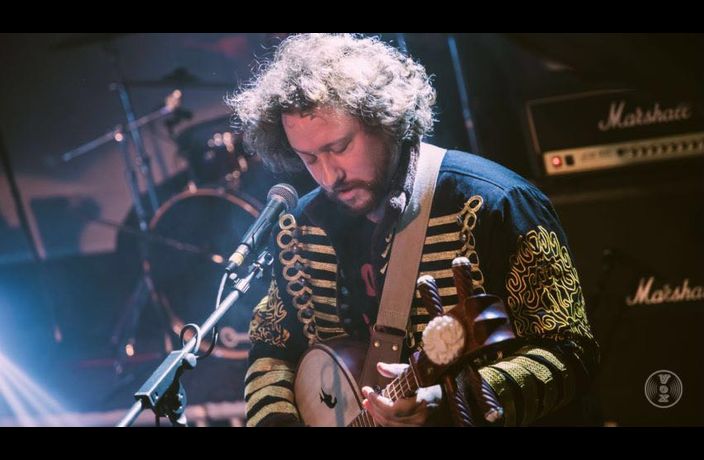




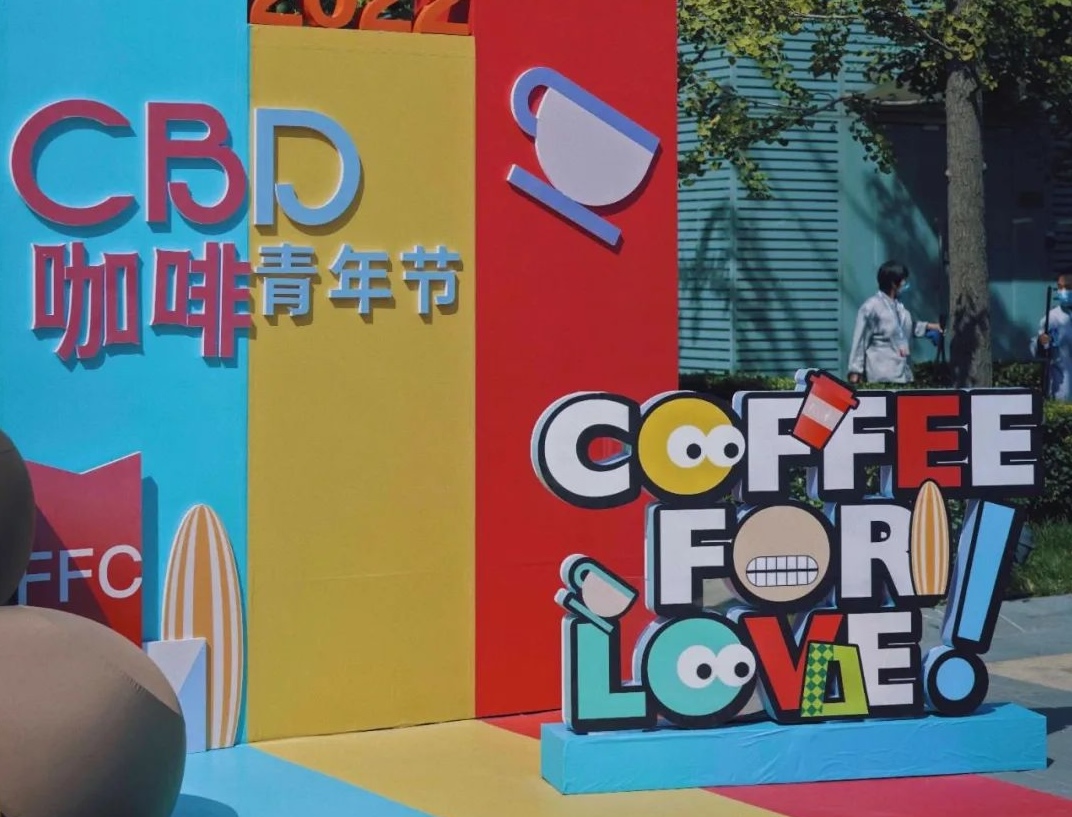















0 User Comments